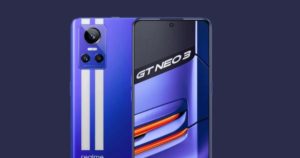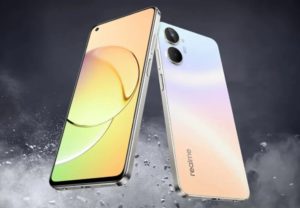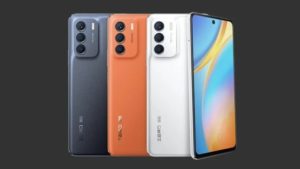Motorola has launched its new smartphone G6 and Moto G6 Play on Monday, after the smartphones were unveiled globally in April. The major key highlights of the Moto G6 include an 18:9 full-HD+ display, a Qualcomm Snapdragon 450 SoC, a dual rear camera setup on the back, and beautification mode in the selfie camera. On the other hand, the Xiaomi Redmi Note 5 Pro was launched in India in Feburary 2018 with a Snapdragon 636 SoC and a vertical dual camera setup. Lastly, the Asus ZenFone Max Pro M1 came to Indian shores in the month of April this year with the same Snapdragon 636 SoC and a large 5000mAh battery. So, let’s have a look at the comparison among the Moto G6, Redmi Note 5 Pro, and ZenFone Max Pro M1 with price and specifications and which is better among the three.
Moto G6 vs Redmi Note 5 Pro vs Asus ZenFone Max Pro M1 Price in India
Moto G6 price in India is set at Rs. 13,999 for the model of 3GB RAM/ 32GB onboard storage variant and Rs. 15,999 for the 4GB RAM/ 64GB inbuilt storage model.
Xiaomi Redmi Note 5 Pro price in India is Rs. 13,999 for the model of 4GB RAM/ 64GB storage and Rs. 16,999 for the model of 6GB RAM/ 64GB storage.
Asus ZenFone Max Pro M1 price in India is Rs. 10,999 for the model of 3GB RAM/ 32GB storage and Rs. 12,999 for the model that comes with 4GB RAM and 64GB inbuilt storage.
Moto G6 vs Redmi Note 5 Pro vs Asus ZenFone Max Pro M1 specifications
Moto G6 Specifications
Moto G6 is a dual-SIM (Nano) smartphone that runs a near-stock version of Android version 8.0 Oreo out-of-the-box. The handset sports a 5.7-inch full-High Definition+ (1080×2160 pixels) Max Vision IPS display with an 18:9 aspect ratio. It is powered and supported by an octa-core Qualcomm Snapdragon 450 SoC, coupled with 3GB/ 4GB of RAM, 32GB/ 64GB of inbuilt storage, and an Adreno 506 GPU. There is a 3000mAh battery under the hood.
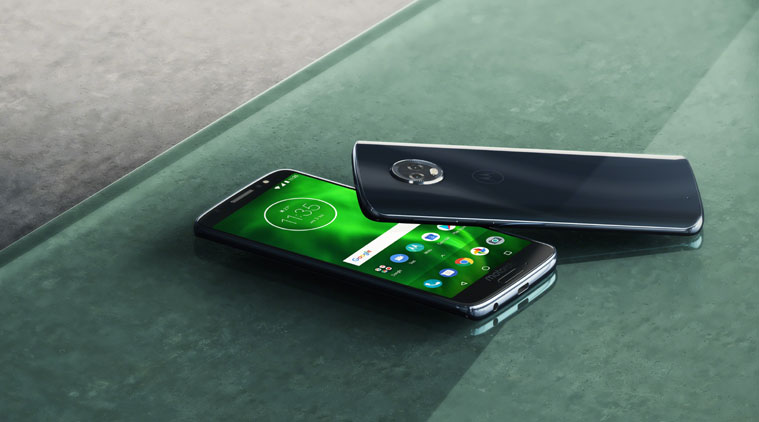
On the photography department, the Moto G6 bears a dual camera setup at the back, with a 12-megapixel primary sensor and a 5-megapixel secondary sensor, which is combined with f/1.8 aperture. The rear camera comes with features such as a Portrait Mode, Text Scanner mode, and a Spot Color mode. On the front department, the smartphone has a 16-megapixel sensor for taking selfies with beautification mode.
Xiaomi Redmi Note 5 Pro Specifications
The dual-SIM (Nano) Xiaomi Redmi Note 5 Pro runs MIUI 9 on top of Android Nougat out-of-the-box, and sports a 5.99-inch full-High Definition+ (1080×2160 pixels) display with an 18:9 aspect ratio and 2.5D curved glass. With respect to processor it has high powered processor than Moto G6 having an octa-core Snapdragon 636 SoC, which is paired with an Adreno 509 GPU, 4GB/ 6GB of RAM and 64GB of onboard storage. The phone has a battery capacity of 4000mAh which powering its internals from under the hood
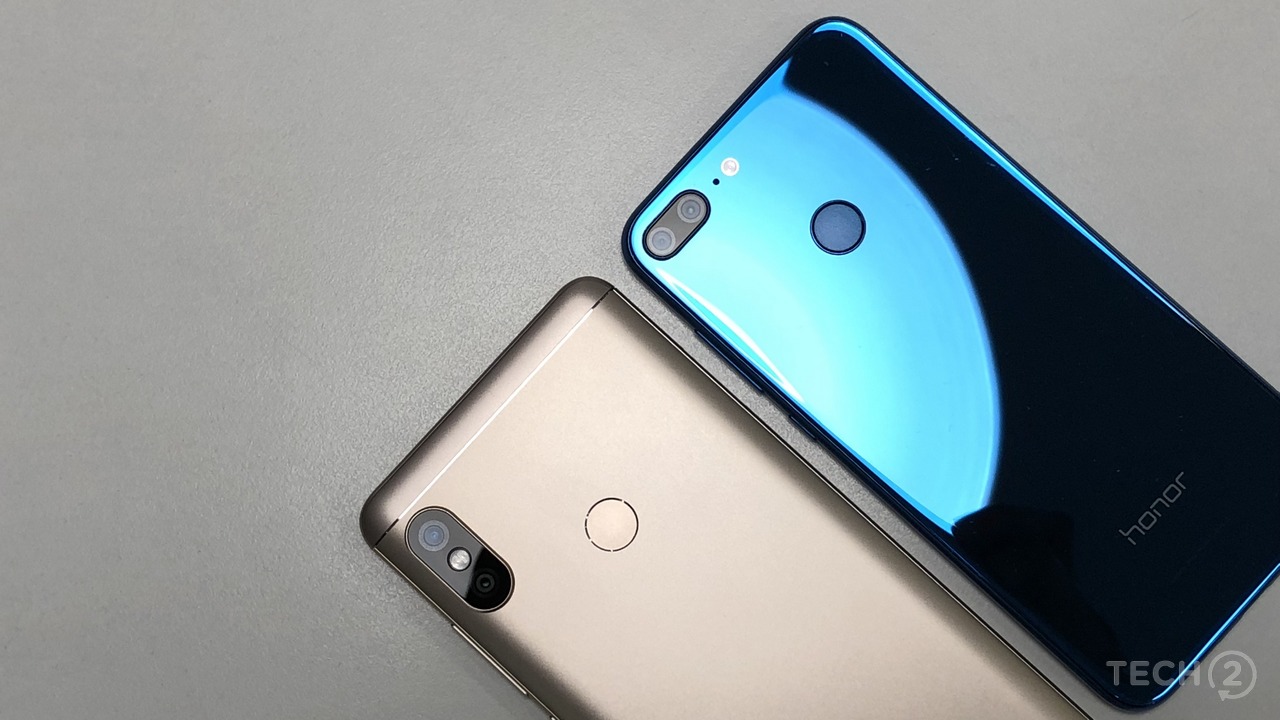
Source: Tech2
On the optics department, the Redmi Note 5 Pro also sports the same camera features which Koto G6 bears with a 12-megapixel primary sensor with f/2.2 aperture and a 5-megapixel secondary sensor with f/2.0 aperture, both accompanied by an LED flash. The selfie camera gets a 20-megapixel sensor with an LED selfie light and Beautify 4.0.
Asus ZenFone Max Pro M1 Specifications
Now the last is a dual-SIM (Nano) smartphone that runs a stock version of Android version 8.1 Oreo out-of-the-box. The handset sports a 5.99-inch full-High Definition+ (1080×2160 pixels) FullView IPS display with an 18:9 aspect ratio. It is powered by the same processor as that of Xiaomi Redmi Note 5 by an octa-core Qualcomm Snapdragon 636 SoC, and is coupled with an Adreno 509 GPU, 3GB/ 4GB RAM, and 32GB/ 64GB internal storage. There is a 5000mAh battery under the hood.
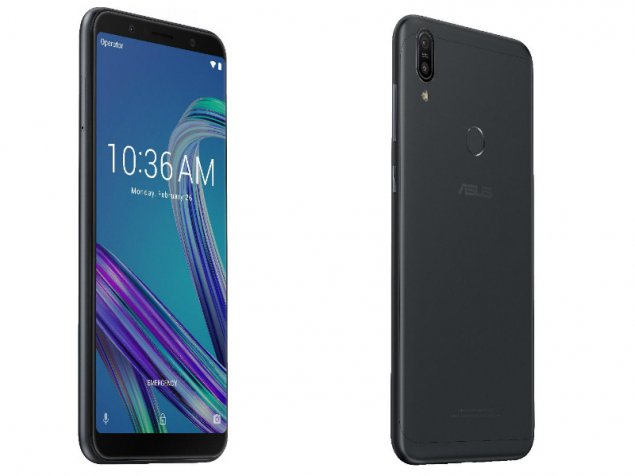
On the photography department, it also bears the same camera features just like the Xiaomi Redmi Note 5 Pro and Moto G6 the ZenFone Max Pro M1 of a dual camera setup with a 13-megapixel primary camera with f/2.2 aperture and a 5-megapixel secondary camera for more focusing. The front of the smartphone gets an 8-megapixel camera sensor for taking selfies and video calling.


